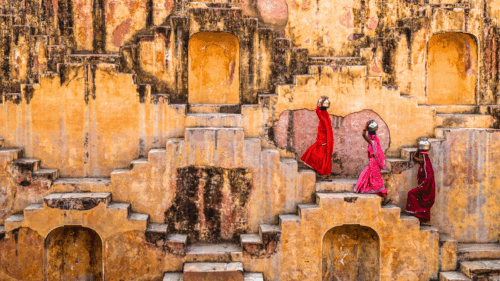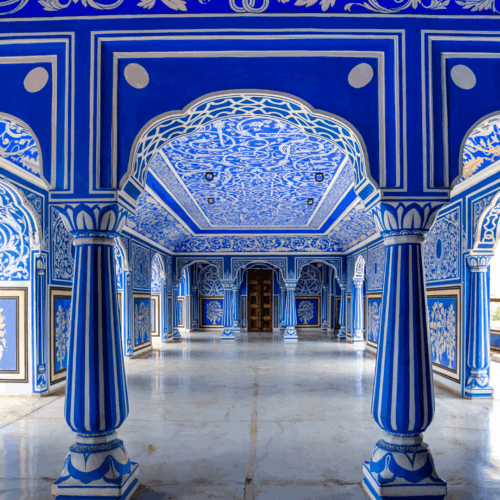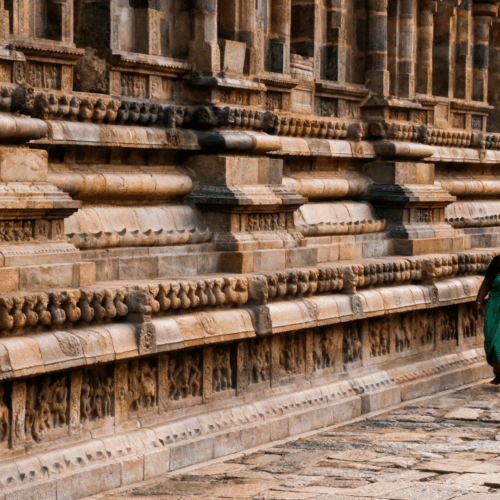While the Taj Mahal rightfully claims its place as India’s most recognized architectural icon, the subcontinent’s built heritage extends far beyond Agra’s marble masterpiece. From rock-cut monasteries that predate European cathedrals to temple complexes that rival any ancient wonder, India’s architectural landscape tells the story of human creativity spanning over two millennia.
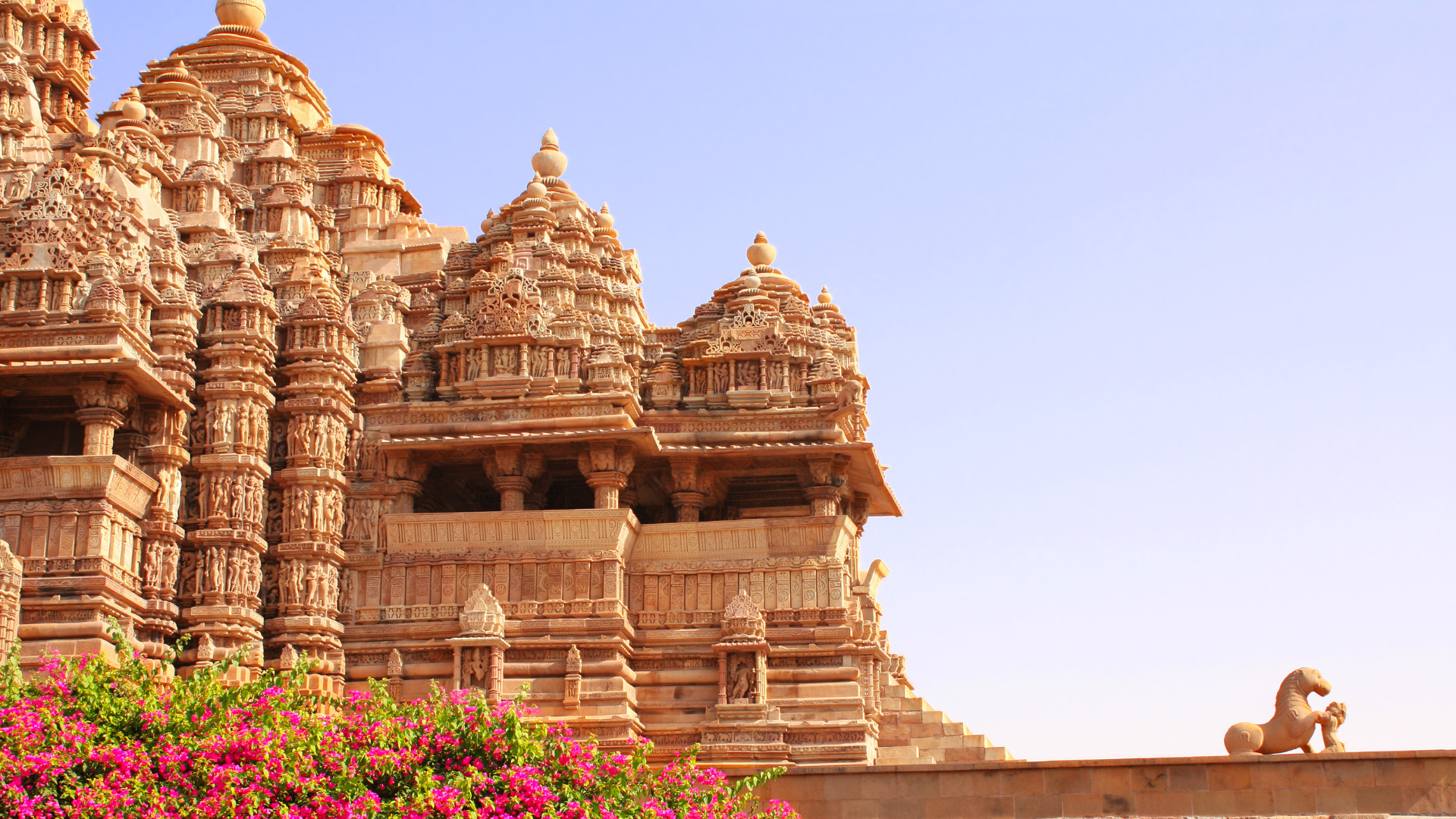
Khajuraho in Madhya Pradesh showcases the Chandela dynasty’s masterpieces from the 10th to 11th century CE period, with 25 surviving temples from an original 85. The Kandariya Mahadev Temple’s revolutionary interlocking stone construction, which does not use mortar, has withstood the test of time, surviving a millennium of earthquakes. It’s 870+ sculptures demonstrate mathematical precision, with famous erotic carvings reflecting sophisticated tantric philosophy of divine consciousness through physical-spiritual union.
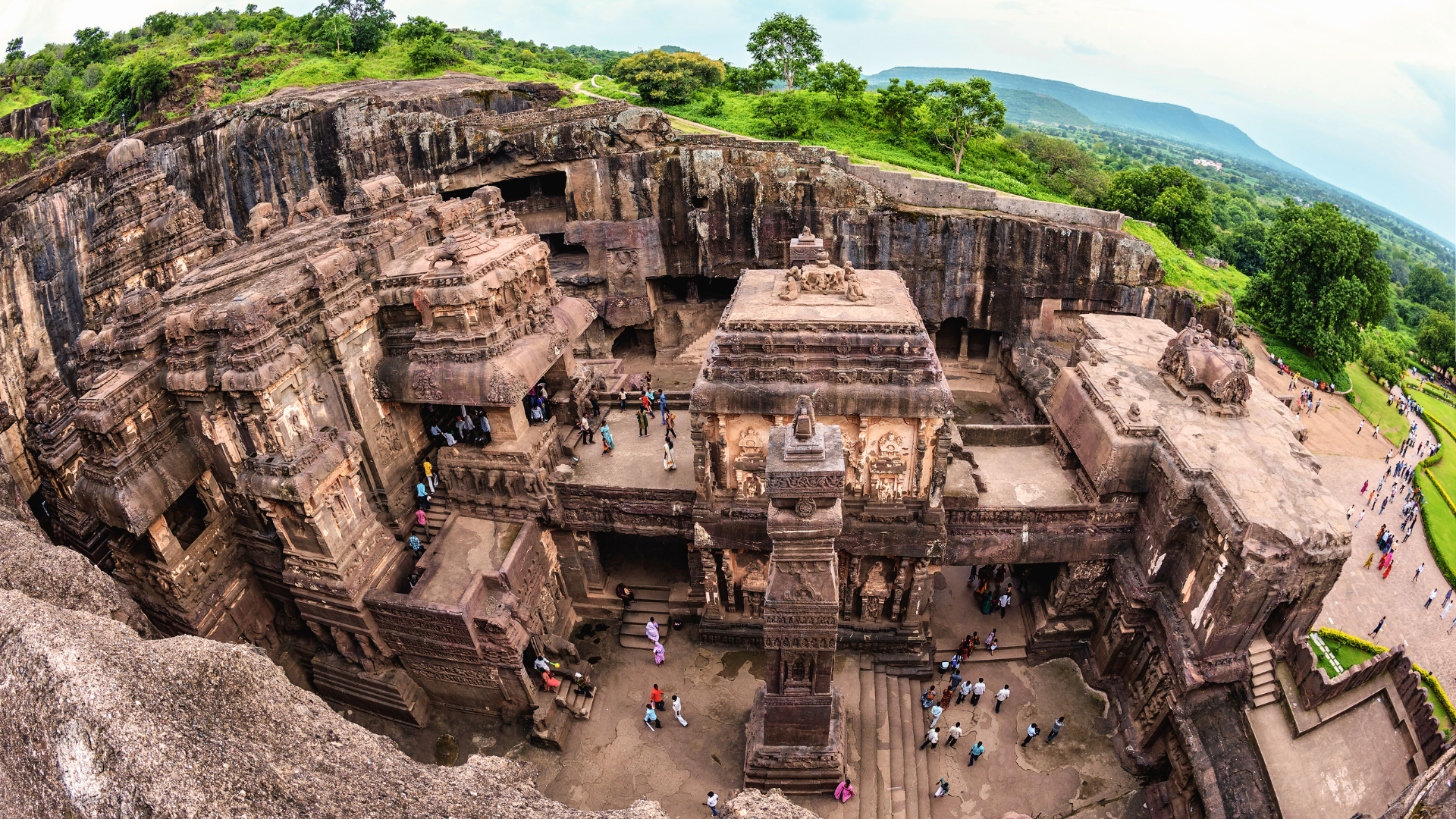
Ajanta and Ellora in Maharashtra represent remarkable achievements in ancient Indian rock-cut architecture. Ajanta’s Cave 26 features perfect acoustics spanning 26 meters, while the cave paintings, which use 1,500-year-old natural pigments, still retain their vibrancy. Ellora’s Kailasa Temple—carved top-down from a single cliff, removing approximately 400,000 tons of basalt—demonstrates religious pluralism through the coexistence of Buddhist, Hindu, and Jain temples.
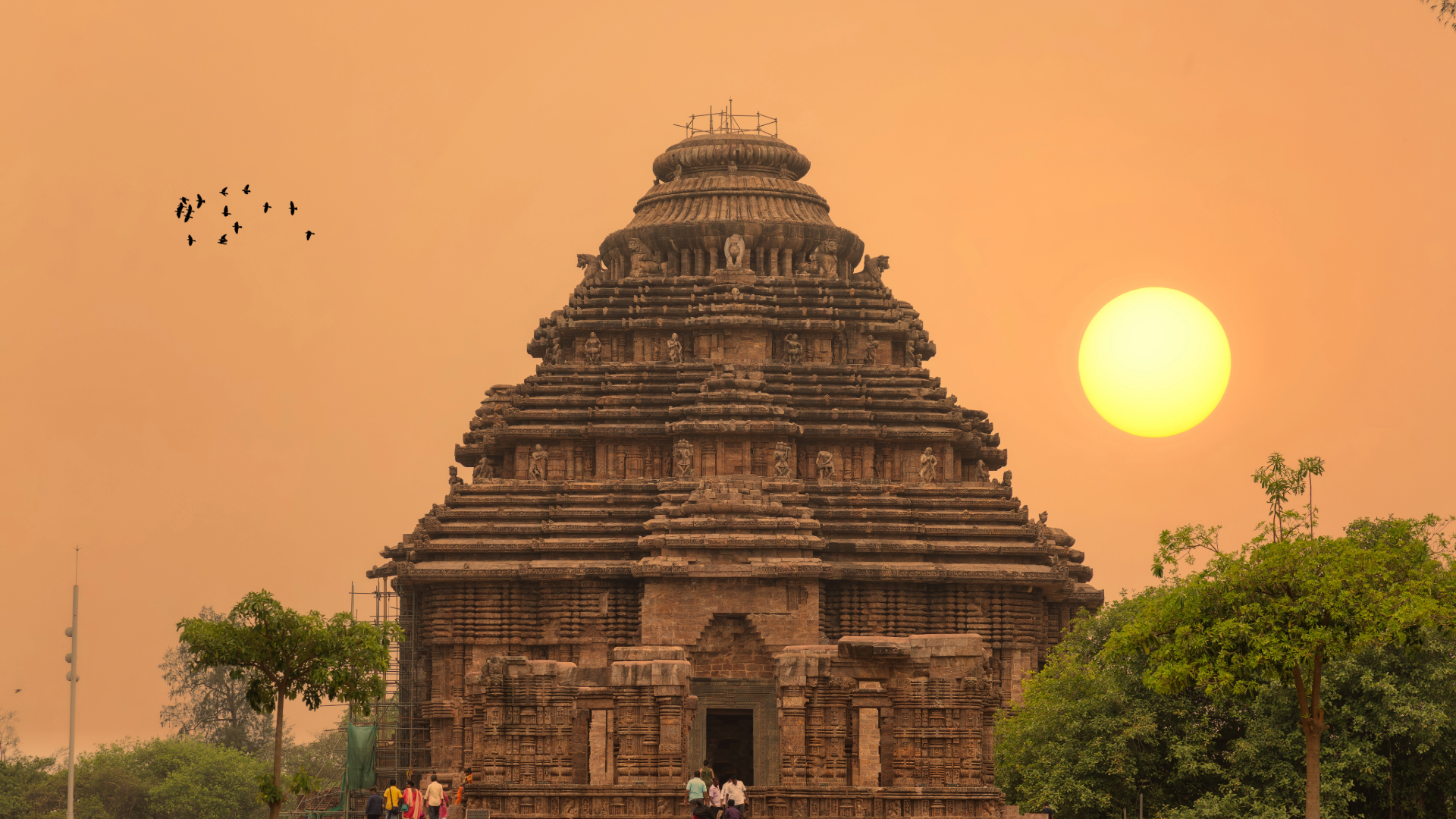
The Sun Temple in Konark in Orissa fuses 13th-century architecture with astronomy. It’s 24 stone wheels function as precise sundials measuring time and seasons, while cardinal alignment illuminates the sanctum during equinoxes. Historical magnetic levitation systems suspended the main idol mid-air, earning the “Black Pagoda” nickname from European sailors whose compasses were disrupted by its electromagnetic fields.
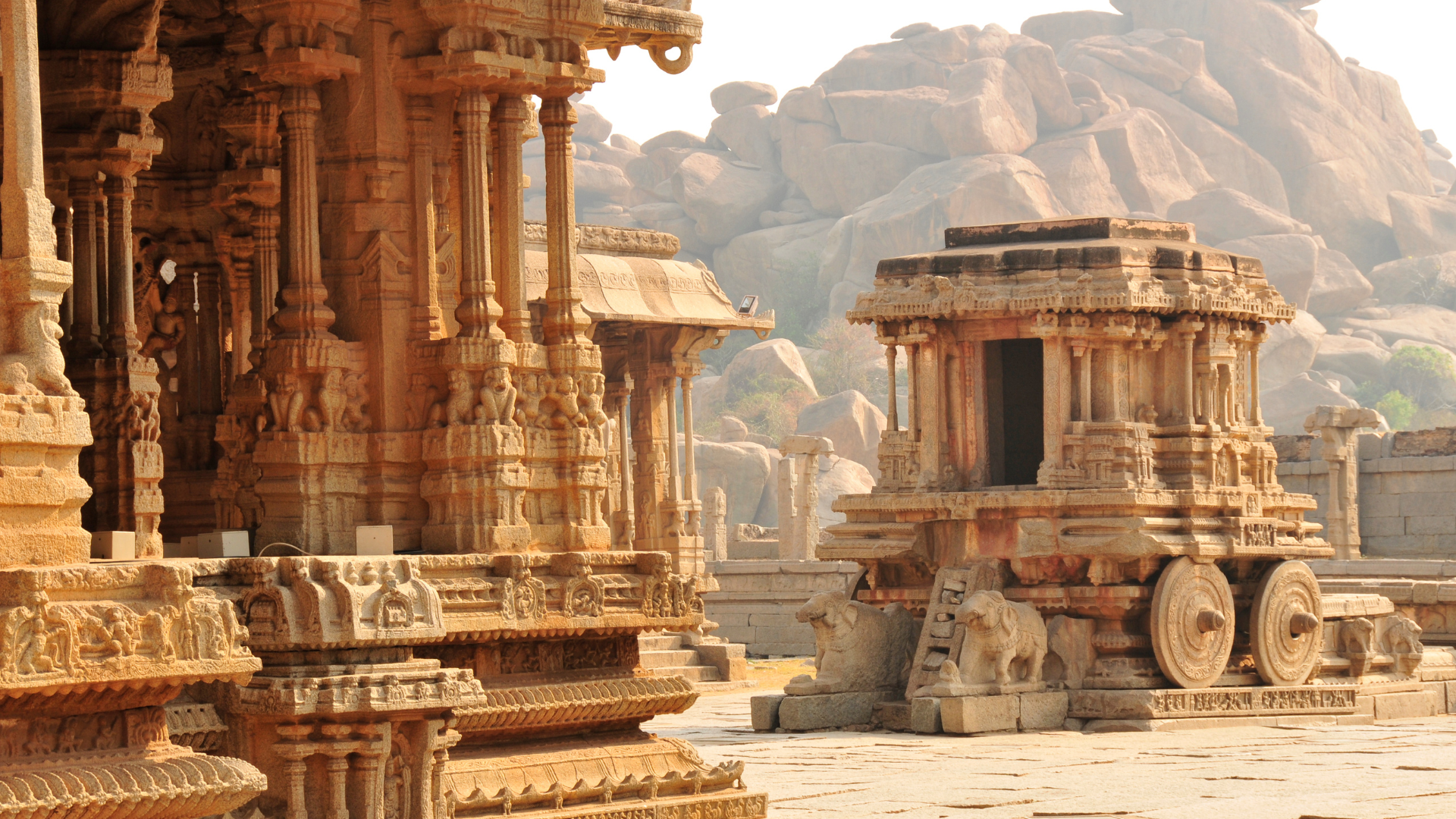
Hampi in Karnataka preserves the ruins of the Vijayanagara Empire, which once housed approximately 500,000 inhabitants. The Vitthala Temple’s Stone Chariot features rotating granite wheels, while musical pillars produce distinct ragas when struck. The Lotus Mahal blends Indo-Islamic elements with innovative cooling systems, and sophisticated hydraulic engineering supplied the entire city through stepped tanks and aqueduct networks.
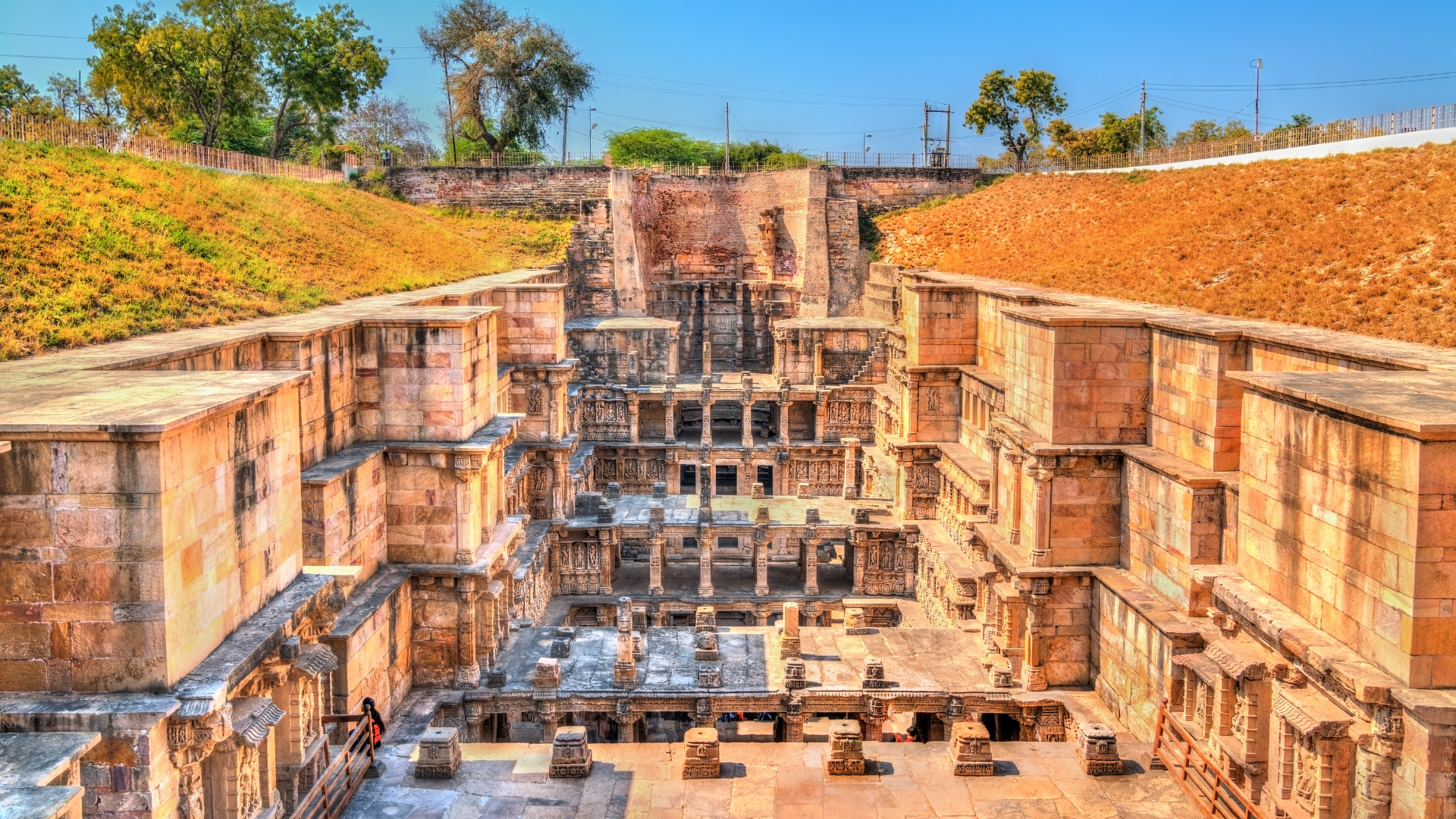
Rani ki Vav in Gujarat represents the pinnacle of water architecture—a seven-level stepwell that descends 23 meters with over 1,500 sculptures. Queen Udayamati’s 11th-century creation features geometric precision, creating optical illusions where pillars appear to multiply infinitely, while advanced hydro-engineering maintains year-round cool temperatures.
These monuments continue to inspire contemporary Indian architects, representing humanity’s creative potential when spiritual vision meets technical mastery.
